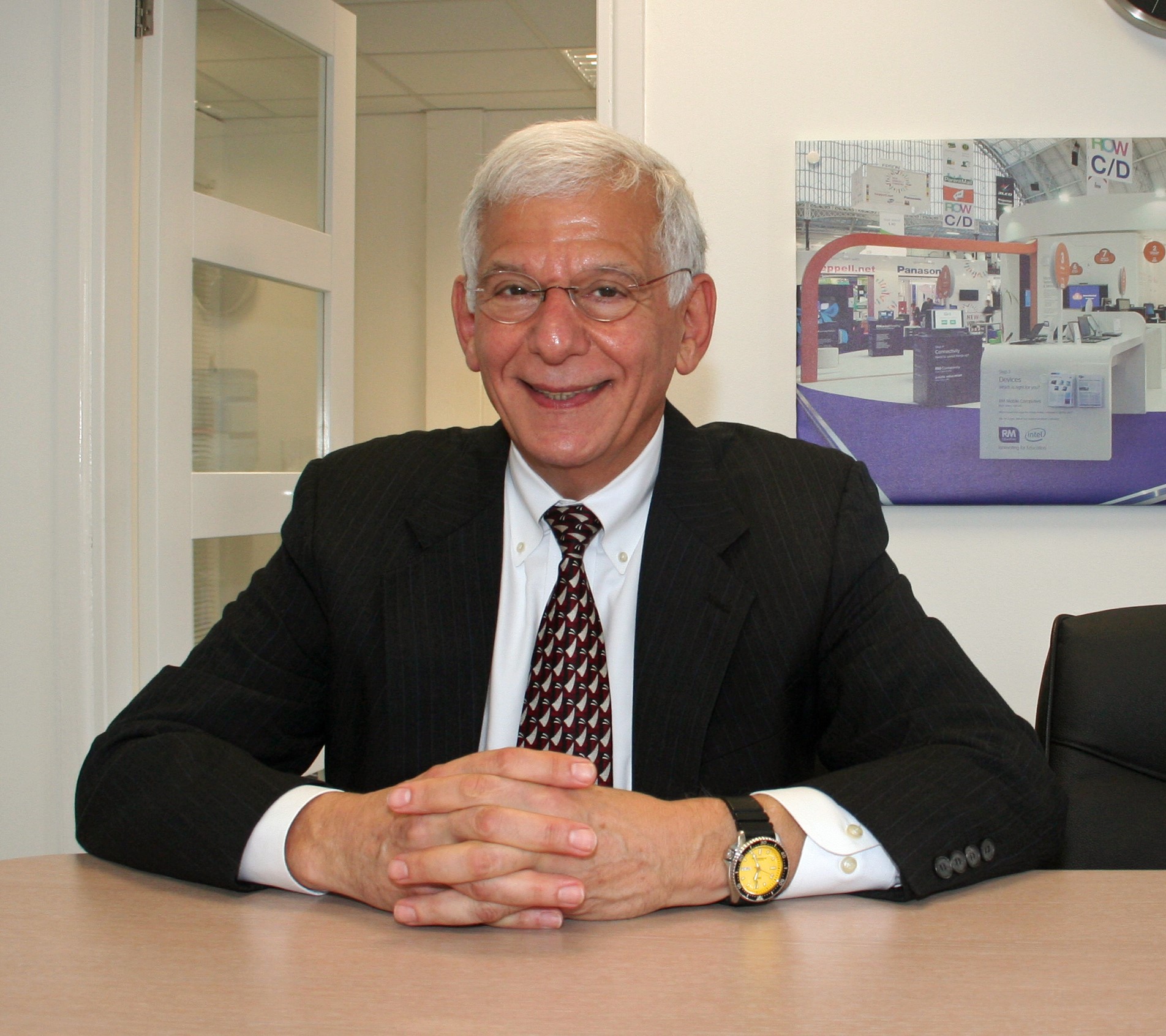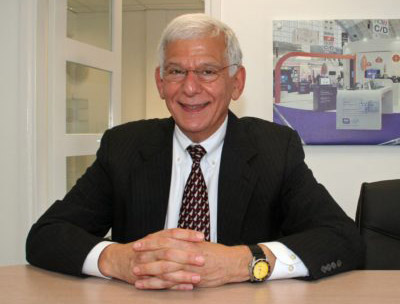
Ignore Everything You’re Reading: Company Workspaces Are Not Going Away
An Op-Ed by Ed Katz
Thanks to COVID-19, suddenly, the company office is gone. Employee-of-the-week parking spaces—now cracked asphalt and weeds. Long commutes now involve going from your home office to the kitchen. The future is everyone quietly working in at home with barking dogs, crying children, and loud buzzing leaf blowers swarming outside like giant wasps.
We’re all being told that a brave new world of “home alone” work may go on well after the crisis is over. And just like that, the show is over, the curtain is down and a $16 trillion commercial real estate market valuation is shrinking and will never come back. Don’t believe it!
To be sure, many workers function externally just fine without showing up each day at a company office. Full-time employees represent only 58% of the US workforce, with the other 42% “gig” workers coming from external resources such as independent contractors, freelancers, seasonal labor, and outside staffing firms. And companies are spending less on real estate but at what cost?
The virtual workplace lacks the in-person dynamics of personal chemistry, body language, collaboration and innovation, which are essential to trust and optimal productivity.
As the pandemic drags on, the novelty is wearing off. Employees long for social connection with fellow workers. Many miss the office culture and some of the benefits a brick-and-mortar workplace offers, such as a fitness center, cafeteria, and other on-site facilities. No amount of virtual video conferencing can replace that. In fact, many workers report “zoom fatigue.”
Of course safety is the most important thing; however, according to 25-year industry veteran John Burton of Re-Imagine Solutions, a survey of 500+ epidemiologists and health professionals, working in a shared office space is less risky than shaking hands or dining in at a restaurant.
Once the pandemic subsides, corporations will reopen their properties and incentivize workers to come back to a new and more innovative office experience. The focus will be on aesthetically appealing work environments and the use of advanced technologies for health and safety well-being. According to Burton, other recent surveys reveal that employers are adopting a phased approach to reopening: about 1/3 of the workforce is expected to physically return to the office this fall while 72% of those remaining plan to be back by summer 2021.
With this mixture, I expect the future workplace will be a blend of company office, residential office, external third-party work sites, or workstations on-the-road. Finding the right mix is key. Talent from whatever source is corporate America’s top asset. It needs to be organized, managed, and inspired. The company office will be a premier employee benefit soon as well as a competitive advantage in recruiting and keeping talent. For these reasons and more, I’m convinced that the near- and long-term potential for commercial real estate is very promising!
About the author
Ed Katz is the president of the International Office Moving Institute (IOMI®). IOMI® offers an affordable, online office moving training program for moving companies. For more information, see https://www.officemoves.com/training/index.html
1. Source: Nareit, 2018 estimate
2. SAP Fieldglass, “The Future is External
The International Office Moving Institute (IOMI®) is not an alliance, a trade association, or a moving company, but an independent, unbiased office moving resource and training organization beholden to no one. We accept no advertising. The links from within our pages to other web sites are reciprocal.
For more than a decade, many in the moving industry and companies planning a move have come to rely on officemoves.com as a steadfast source of best practices. We advocate, and through the International Office Moving Institute (IOMI®), teach:
• Minimizing the risk of damage to walls, floors, doors and elevators during your move. IOMI® Certified Office Movers® and Certified Project Managers® learn the best practice methods for installing extensive building protection.
• Minimizing the risk of damage to furniture and computers during your move. IOMI® Certified Office Movers® and Certified Project Managers® learn the best-practice methods for wrapping every monitor, printer, CPU, server, and copier with two layers of anti-static bubble wrap (with the bubbles facing the bubbles) instead of pad-wrapping computers with filthy furniture pads.
• Timing is of the essence on your office move. If your mover doesn’t finish the job on time, it can cost your company thousands of dollars of nonproductive downtime. IOMI® Certified Office Movers® and Certified Project Managers® learn an estimating formula that’s based upon man-hours instead of the unreliable method typically used on household moves that’s based on weight.
The IOMI® proprietary estimating formula is uncannily accurate because it factors in not only volume but the unique logistics of both the building you’re moving from and to.
Why hire an IOMI®
Certified Office Mover®?
1. On time for the price quoted
One of the biggest complaints about movers is that they often badly underestimate the cost of a move and then don’t finish on time. An International Office Moving Institute (IOMI®)-trained mover learns a formula for accurately estimating cost. By calculating the number of trucks and movers for how long, IOMI® Certified Office Movers® can base estimates on man-hours, volume, and logistics, and not weight, which household movers typically use when quoting an office move. As a result, the chances of a move completing on time for the price quoted is greatly improved.
2. Minimize risk of damage
IOMI® Certified Office Movers® learn the latest techniques to minimize risk of damage to furniture and computers, and are trained in extensive building protection to minimize risk of damage to carpet, walls, doors, and door jambs.
3. Minimize downtime
There is a better way! IOMI® Certified Office Movers® understand that their customers can’t afford to shut down operations during a move, and are trained in techniques to keep client employees working. Many IOMI® graduates offer the “boxless” move — moving the contents in the furniture instead of the contents and the furniture.
Learn More About Becoming An
IOMI® Certified Office Mover®
Call 404-358-2172







